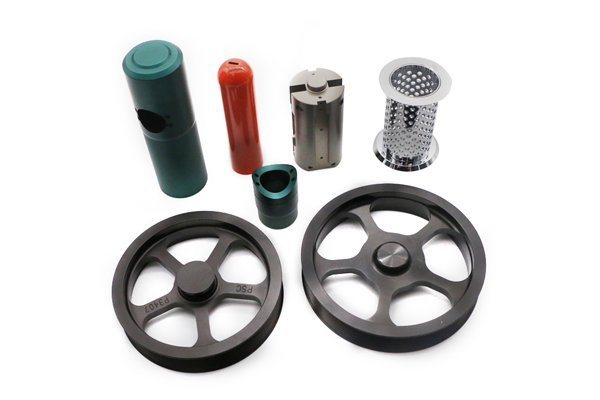Did you know that according to the National Institute of Standards and Technology (NIST), improper quality control leads to a staggering loss of $1 trillion annually in the manufacturing sector? This figure underlines the critical importance of quality assurance in processes like CNC (Computer Numeric Control) machining. As industries increasingly pivot towards automation and advanced manufacturing techniques, understanding the necessity and methodologies of quality control and testing during CNC processing becomes paramount. But what exactly does quality control entail in the realm of CNC machining, and how can manufacturers effectively implement these practices to ensure product excellence?
In this comprehensive blog, we will delve deep into the intricacies of quality control and testing in CNC processing, exploring the challenges, methodologies, and technologies that contribute to the manufacturing of superior components. So, whether you’re a manufacturer, engineer, or enthusiast looking to enhance your understanding of CNC processes, this guide is here to enlighten you.
CNC machining is a precision manufacturing process that utilizes computerized controls to operate machinery and tools. It is gaining traction across multiple industries due to its ability to produce complicated designs with a high degree of accuracy and repeatability. Understanding CNC machining opens the door to acknowledging the critical need for quality control systems, which can impact product integrity and operational efficiency.
Quality control encompasses a set of measures designed to guarantee that products meet specified standards and regulations before they are delivered to the customer. In CNC machining, quality control plays a multi-faceted role:
Implementing an effective quality control system in CNC machining involves a combination of various techniques and tools. Below, we discuss some of the critical methods and best practices.
3.
Before any machining begins, it’s essential to inspect raw materials for conformity to specifications. This involves checking the following:
3.
In-process inspection involves monitoring the machining process itself. This can include:
3.
Once the machining is complete, the final inspection is crucial to ensure product quality before parts are sent out. Best practices include:

In recent years, advancements in technology have introduced innovative ways to improve quality control in CNC machining:
4.
Automated systems can reduce human error and improve the accuracy of quality checks. Robots equipped with quality inspection tools can perform consistent and fast assessments.
4.
The integration of IoT devices and Big Data analytics in CNC machines helps gather real-time data, which can be analyzed to predict failures before they occur, thus minimizing costly downtime.
4.
Using machine learning, manufacturers can develop algorithms that identify patterns in machining data. These can help predict quality issues based on historical data, allowing for proactive adjustments.
While quality control is vital, several challenges can hinder effective implementation:
Creating a robust quality control plan for CNC machining involves strategically laying out procedures that ensure quality at each stage of production. Here’s how to do it:
Step 1: Define Quality Standards
Establish what constitutes quality in your machining process by setting standards, such as material specifications and tolerances.
Step 2: Develop Inspection Procedures
Outline how and when to inspect components, from incoming material to the final product.
Step 3: Train Operators and Quality Control Personnel
Ensure all staff involved in the production process understands quality control practices through regular training and workshops.
Step 4: Utilize Quality Management Software
Consider implementing QMS (Quality Management Systems) to track inspections, manage documentation, and analyze quality-related data efficiently.
Step 5: Review and Revise
Conduct regular reviews of your quality control plan and revise it based on feedback, changing standards, and technological advancements.
In conclusion, effective quality control and testing during CNC processing are crucial for the successful production of high-quality components. The integration of advanced technologies, rigorous inspection processes, and proactive quality management strategies can drastically enhance product reliability and manufacturer reputation. It is essential for industry stakeholders to recognize the importance of quality control, not only in reducing operational costs but also in ensuring customer satisfaction and long-term business success.
As we’ve discussed throughout this blog, quality control is not merely a box to check; it is an ongoing commitment to excellence that can lead to significant payoffs in terms of efficiency and market competitiveness. The information provided here serves as a foundation for improving your understanding of quality control in CNC machining, making it a topic well worth your consideration. By embracing the principles and practices discussed, manufacturers can not only boost their operational efficiency but also foster trust and reliability in their products, which are key drivers of success in today’s competitive landscape.






